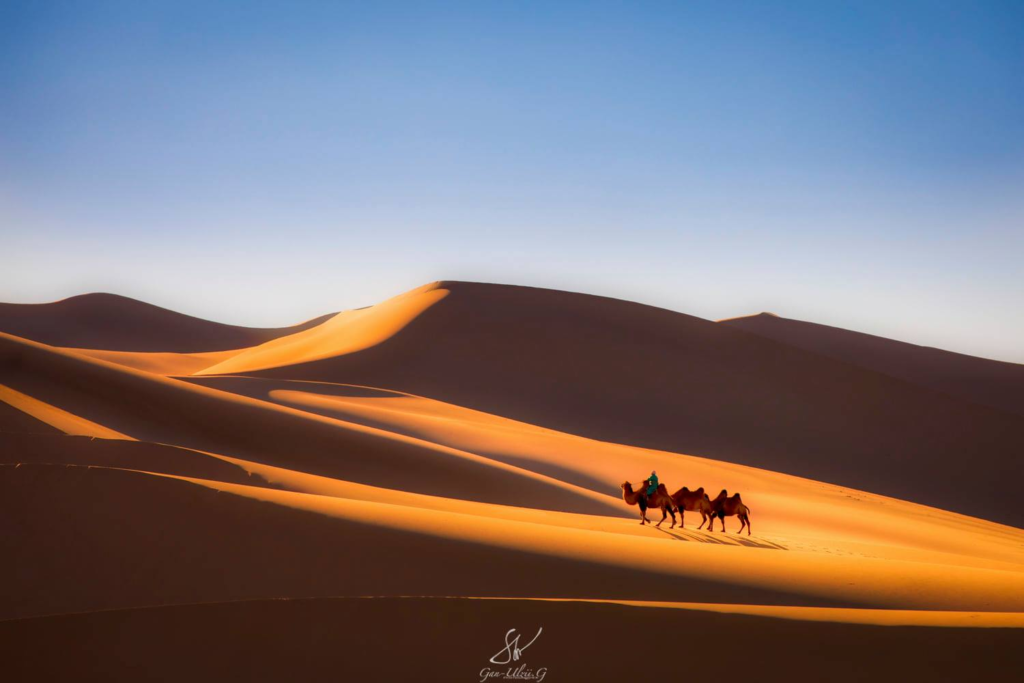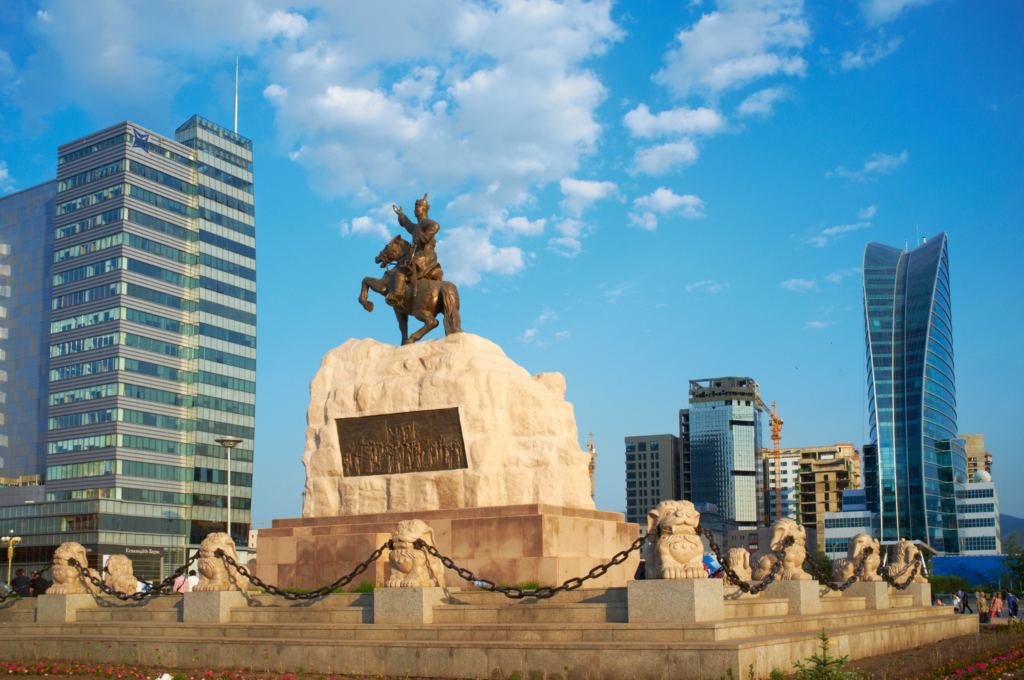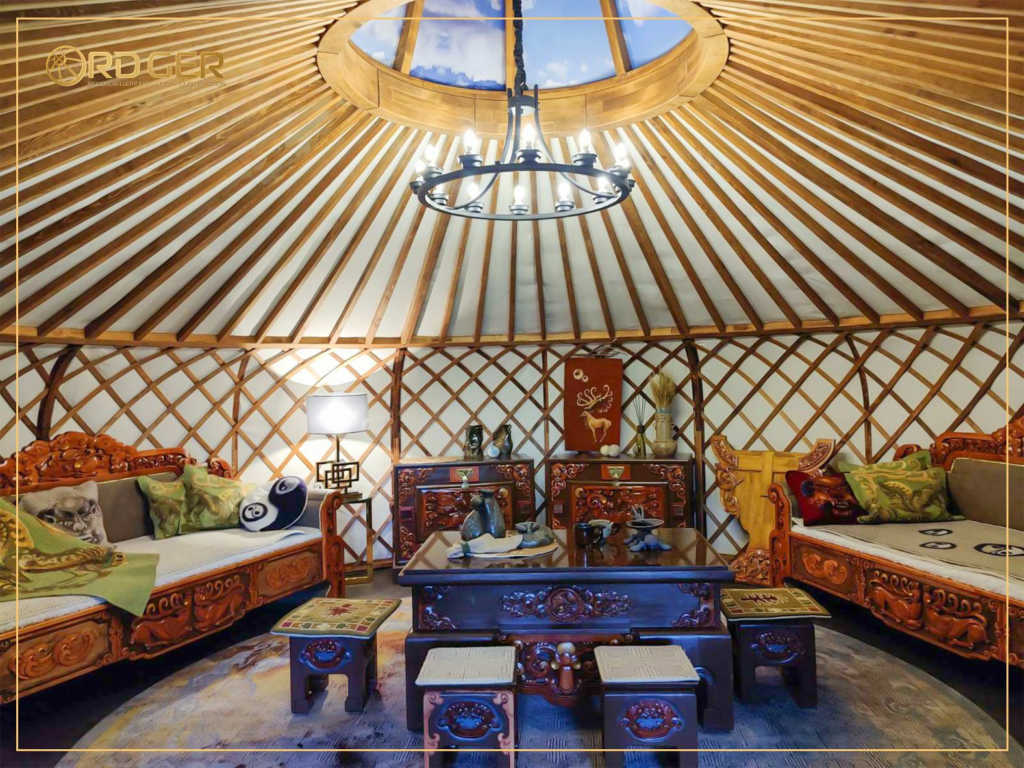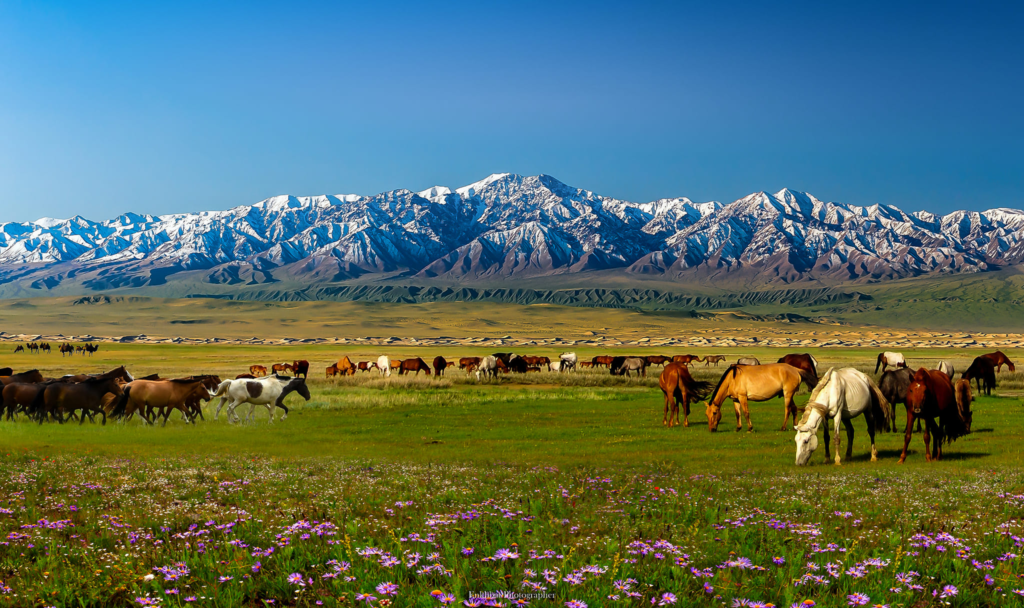Mongolian Lunar New Year stands as a cherished family festival, a beacon of cheer that breaks through the endless winter months, and a symbolic marker heralding the arrival of spring. This widely celebrated holiday, deeply rooted in tradition, serves as a timeless occasion for the renewal of family ties and, notably, as a moment to honor the revered elderly.
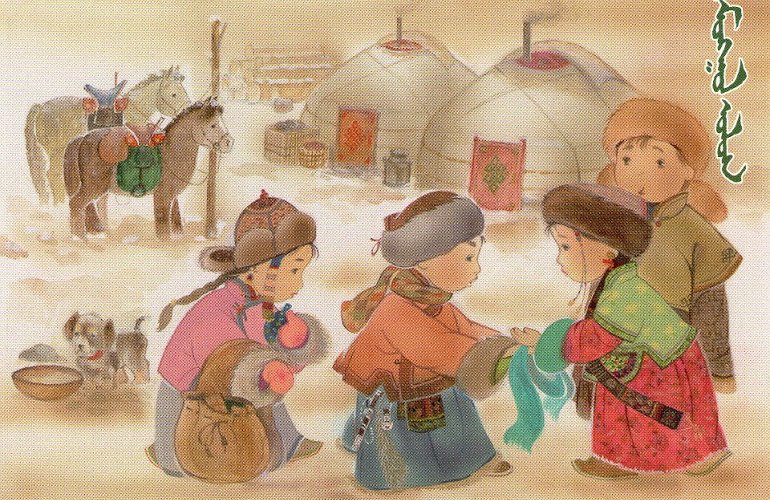
What is the Mongolian Lunar New Year?
Tsagaan Sar, Mongolian Lunar New Year, translated as the “White Moon,” is a celebration deeply entrenched in Mongolian culture and history. It marks the beginning of the lunar calendar, a time when winter relinquishes its hold, making way for the rejuvenating touch of spring. Families across Mongolia prepare for this auspicious occasion by cleaning their homes, donning new clothes, and partaking in various ceremonies.
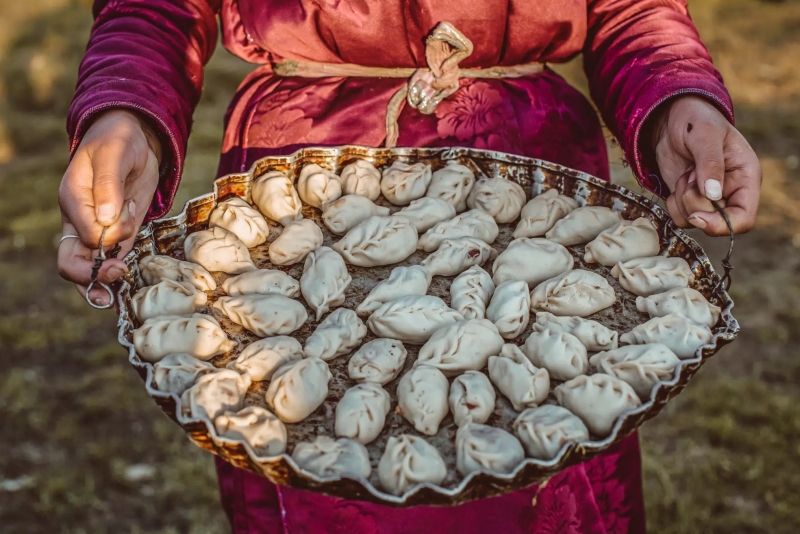
Historical Resilience
The historical journey of the Mongolian Lunar New Year bears witness to the resilience of Mongolian traditions. Post the 1921 revolution, where many cultural practices, including Mongolian Lunar New Year, faced erasure, the steadfast commitment of the country’s people held firm. The remoteness of the Mongolian hinterland became a sanctuary protecting these traditions. Even during the communist period, the Mongolian Lunar New Year transformed into the “Spring Festival of Herdsmen” in the wake of collectivization in 1957. Fortunately, since 1990, the celebration has reverted to its original name, embracing the historical legacy it carries.
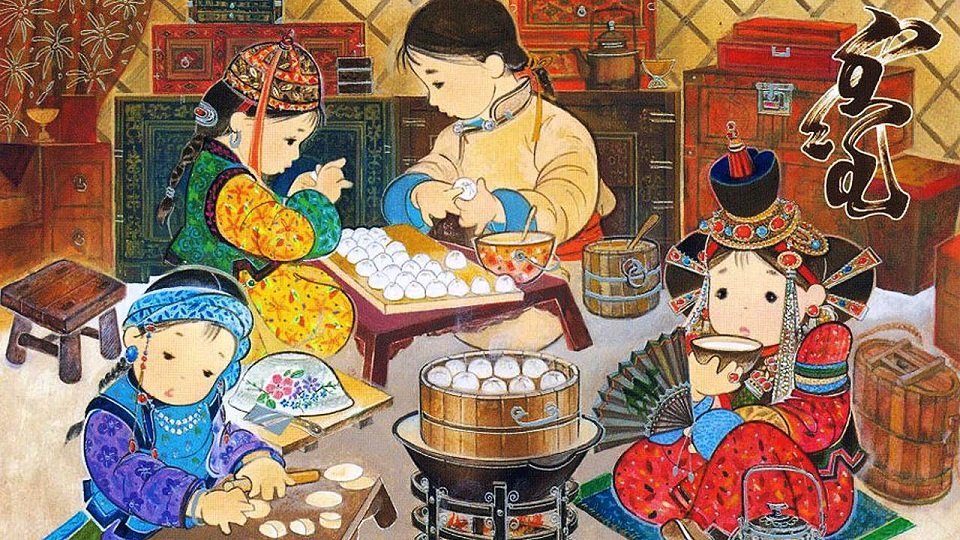
Timing and Preparation
The Mongolian Lunar New Year typically graces the first day of a spring month, aligning with the transition from winter. On the Gregorian calendar, this falls in either January or February, depending on the lunar phases and leap years. The eve of the Mongolian Lunar New Year, known as ‘bituun,’ witnesses families preparing elaborate meals laden with fresh foods for a festive feast. A grand wrestling match becomes a focal point, captivating the nation through a live broadcast. In anticipation of the holiday, people mount their best horses, adorn themselves in new attire, and meticulously cleanse their homes to welcome the new beginnings.
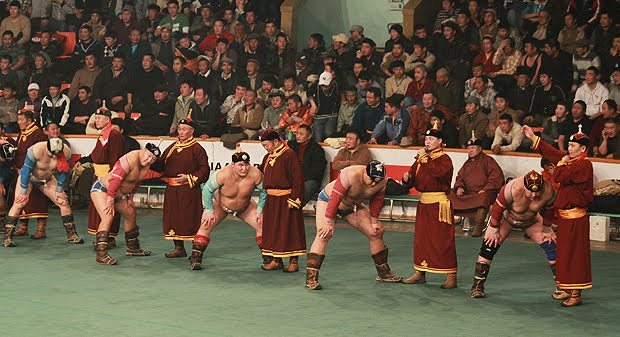
Ceremonial Traditions
The morning of the New Year unfolds with the housewife offering the first cup of tea to gods in all directions. As the sun graces the sky, a symphony of greetings commences. During these exchanges, a poignant tradition known as ‘zolgokh’ unfolds, where the younger generation stretches their arms in support of the elders, fostering a connection that transcends generations. Elders reciprocate with heartfelt wishes for the young, blessing them with a long and joyous life.
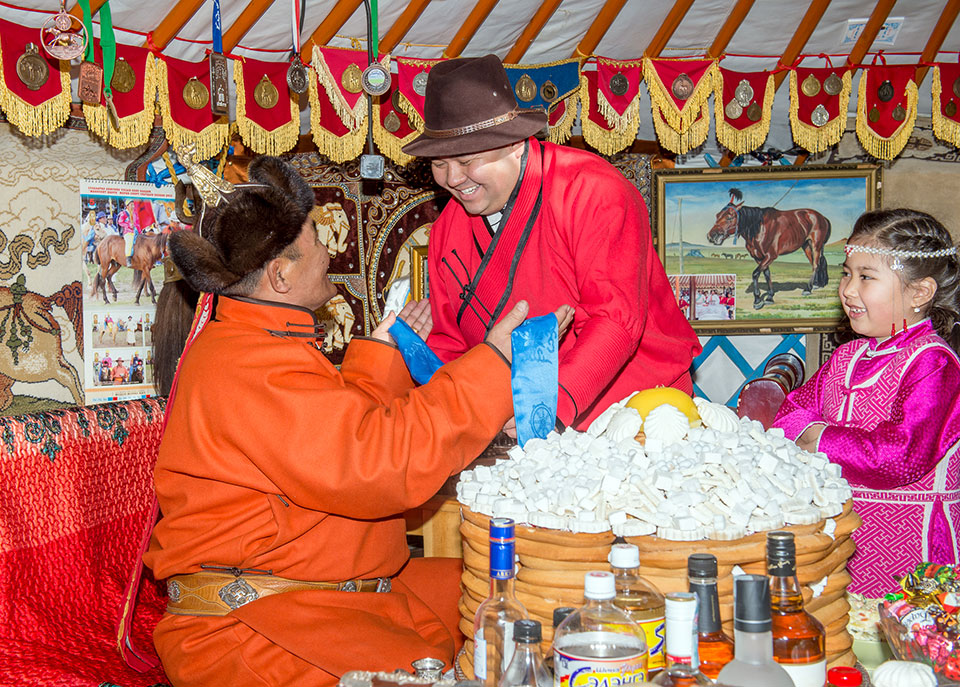
Snuff bottle exchanges become an avenue for sharing winter stories, an intimate glimpse into the challenges and triumphs of the season. The tapestry of the Mongolian Lunar New Year is woven with ceremonies like visits to relatives, the exchange of heartfelt gifts, and indulgent feasting. Guests are enveloped in warm welcomes, receiving hospitality in the form of tea and delectable dishes.
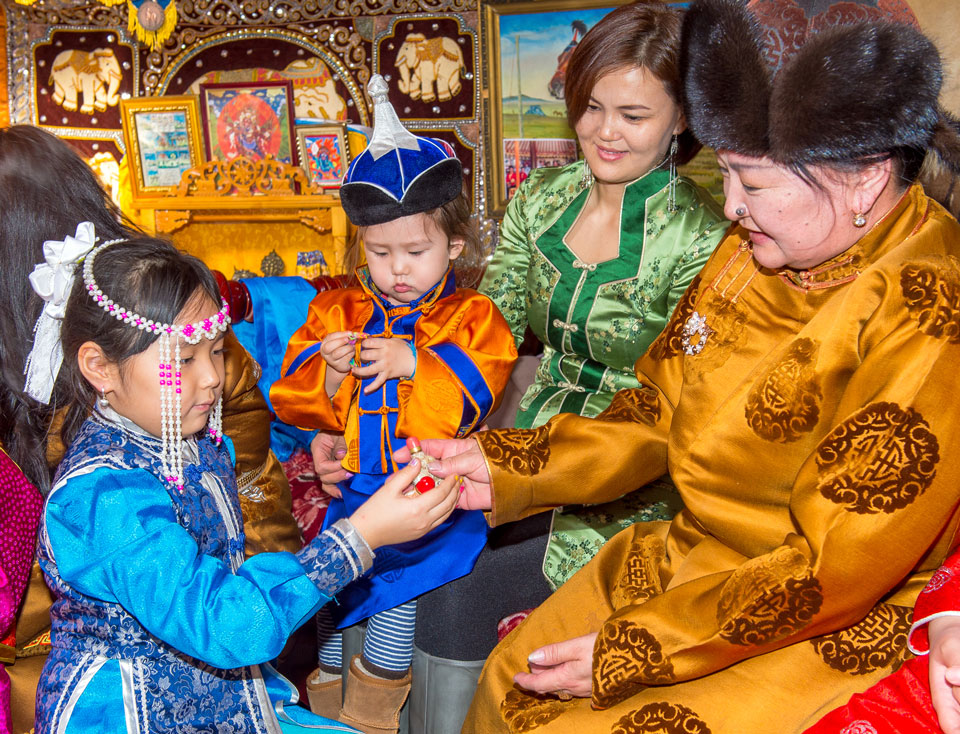
Symbolic Gestures
Beyond the culinary delights, hosts present gifts to visitors and sweets to children. The ceremonial scarf, known as ‘khadag,’ is folded with precision during greetings, symbolizing trust, with the folded edge facing the elder. The first day of the New Year holds immense significance, with Mongolians expressing gratitude through the “Ovoo” ceremony, a solemn gesture of thanks to the gods and nature.
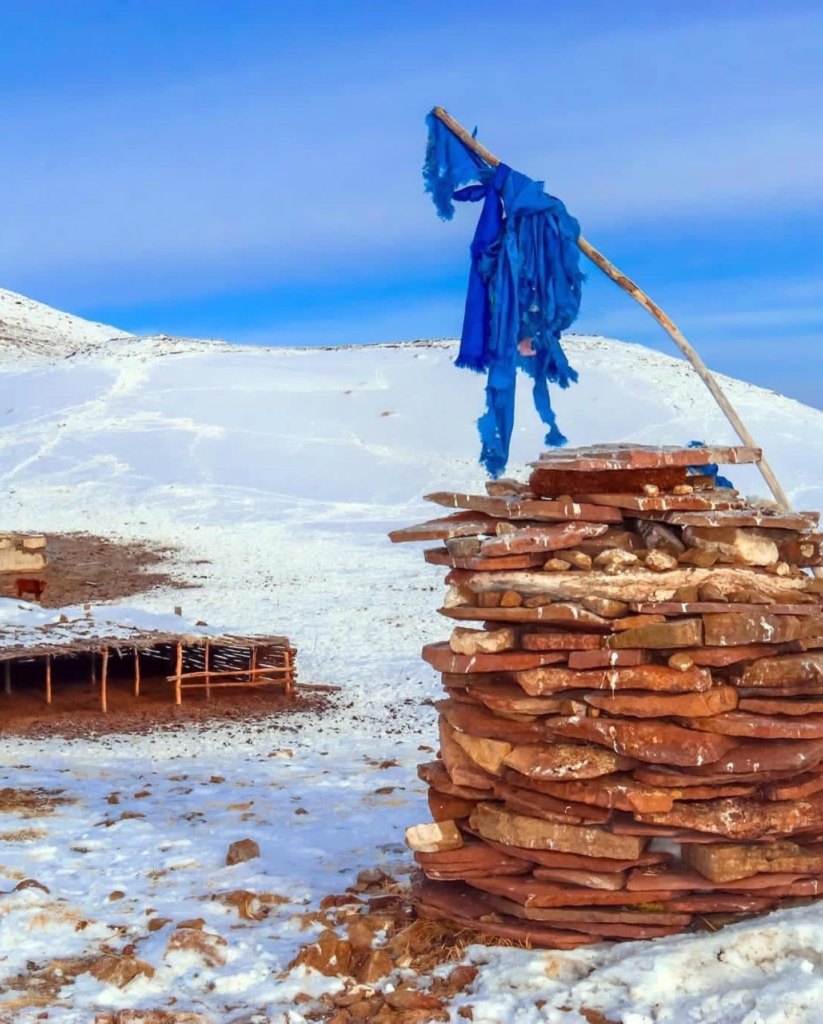
Mongolian Lunar New Year isn’t just a celebration; it’s a living testament to Mongolian heritage, intertwining historical resilience, familial bonds, and the optimism embodied in the advent of spring.

